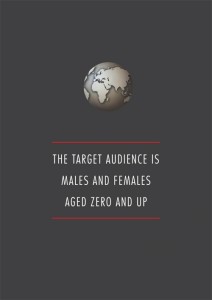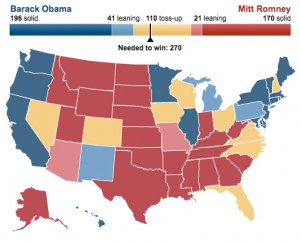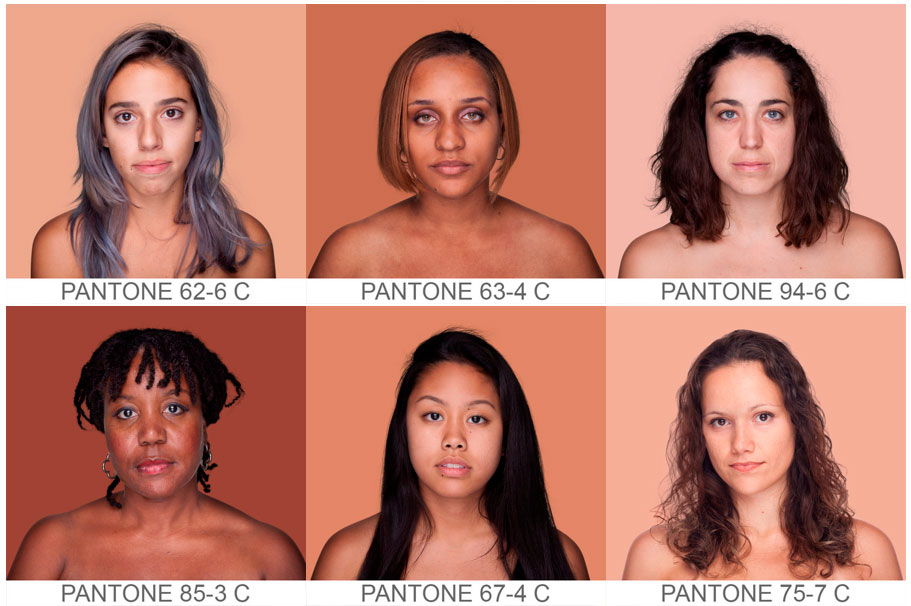
So, Disney has bought out LucasFilm from George Lucas for $4.05 billion in cash and Disney stock and now owns the rights to Star Wars, a partial interest in the Indiana Jones series, Industrial Light and Magic special effects house, Skywalker Sound, and the list goes on.
Let me start by saying that I’ve not been that big of a Disney fan over the years.
I hate what they did to The Little Mermaid. (HINT: She’s supposed to suffer all story long and die at the end. Does the Disney version end that way? Didn’t think so…)
I hate what they did to Little Shop of Horrors. (HINT: In the play, terrible things happen to Audrey at the end. In the Disney version, the pretty girl lives happily ever after..)
https://youtu.be/3Xp6siABeSc
I hate what… Oh, get over it. You get the picture. Disney has a reputation of taking interesting, troubling cultural products and homogenizing them into something that has none of its original life in it.
So you would think that I would be outraged that Disney now has control over the movie I saw 13 times the summer of 1977 when it was released. (Don’t judge me. VCRs didn’t exist yet then in any meaningful form.)
But you know what? I actually think its a pretty good idea, though I am sad to see another independent film company fall. (Yes, LucasFilm, the company that brought us so many of the biggest hit movies of all time was up until this week owned entirely by George Lucas who quite often financed his own projects with his own money.)
Why do I think this is a good idea? A couple of reasons. First, Disney has shown lately that it is capable of handling complex properties with respect. Take hiring Joss Whedon to write and direct The Avengers: A bold and excellent choice that led to one of the best summer popcorn movies in years. Second, Lucas himself has made bad choices managing his properties. Yes, the Star Wars prequels made a lot of money – But Jar Jar Binks! Whiney Anakin! Midi-clorians! Leaving the future of Star Wars in the hands of its creator will not necessarily lead to the best future for the beloved scifi/fantasy series.
The immediate outcome of Disney’s acquisition of LucasFilm is that there will now be Star Wars – Episode VII coming out in 2015. And Star Wars will join Marvel Comics, Pixar Animation, ESPN, and ABC as part of one big happy Disney family.
The New World of Disney Princesses







